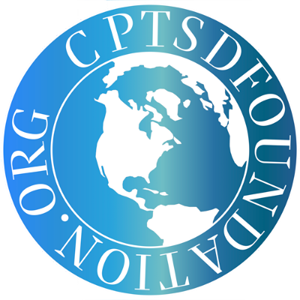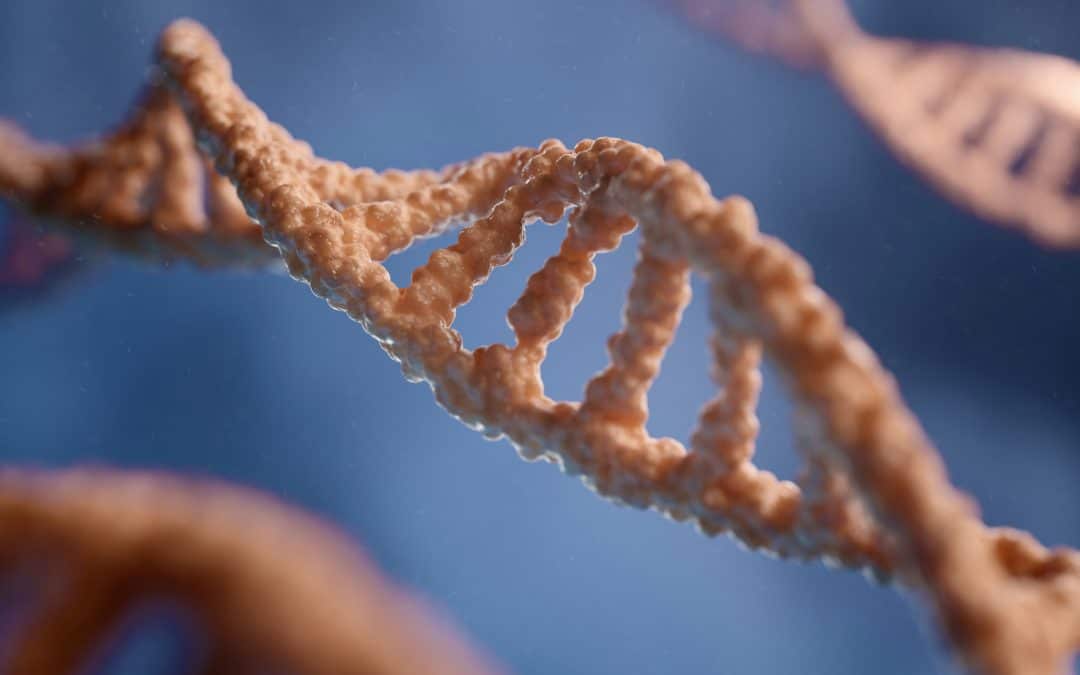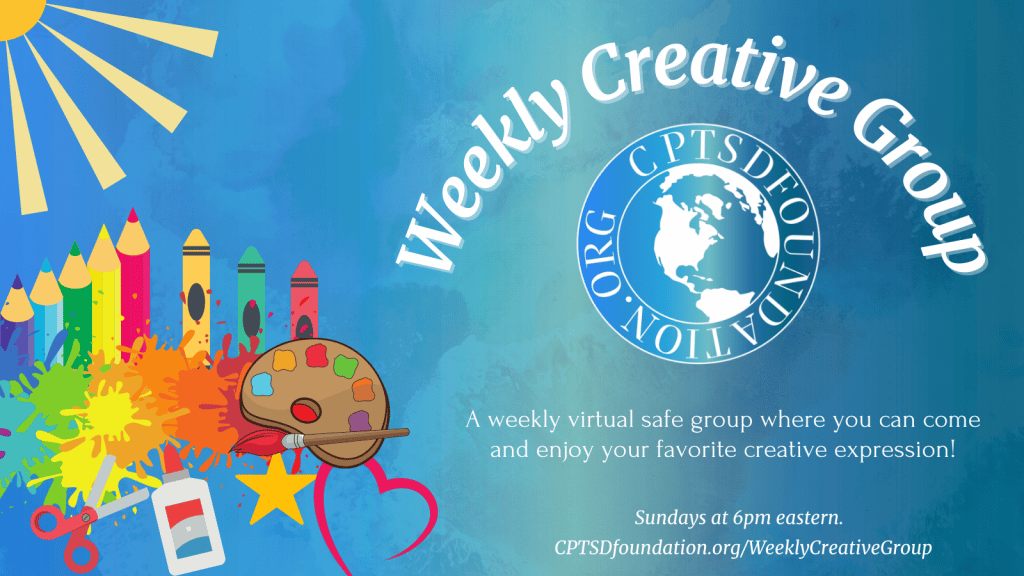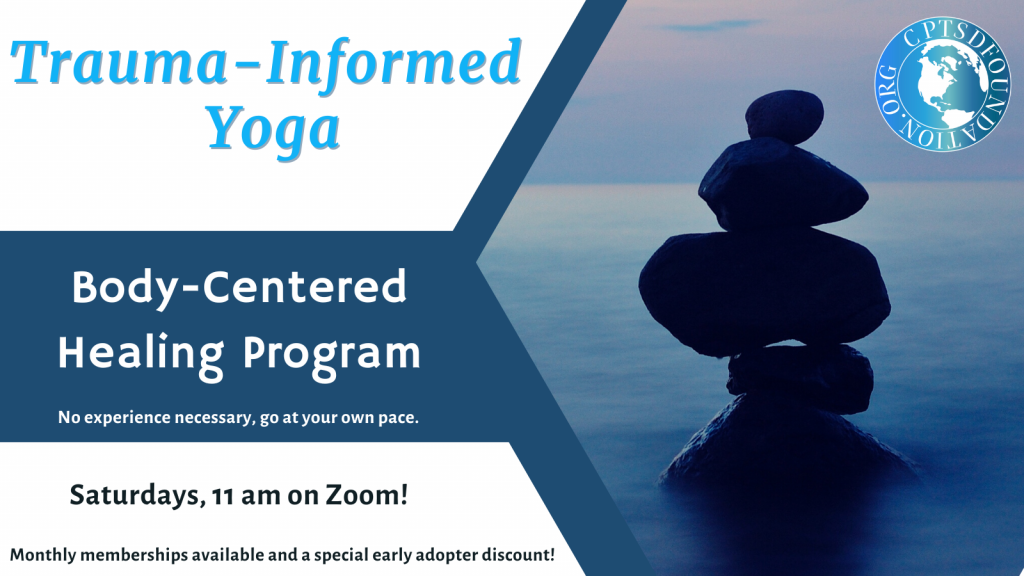Trigger Warning: This article contains stories of abuse; reader discretion is advised.
“Be careful whom you trust; evil cloaks itself in many forms.”
What is love if it doesn’t hurt, or like in my case, crash with a whimper? Perhaps your first crush was like mine? Nick was a 20-something Anglo-Indian with Bobby Deol’s looks, John Travolta’s swagger, and an angelic, disarming purity. We met on a rainy day outside his place; cousin Martin played matchmaker. Me, a rebellious teen with a sassy, blunt bob, shook hands with this shy guy whose guileless grin hit like a thunderbolt. Then he spoke, and it all went downhill — his voice was a bizarre mix of Sachin Tendulkar’s soft drawl and Michael Jackson’s high-pitched lilt. Although I was a die-hard MJ fan, I was gutted. Nope, not my vibe, despite my love for Jacko’s voice.
Jokes aside, all humans are creatures of habit. Our routine is sacrosanct, and so are our friends, family, and community. But what happens if this fragile thread of trust breaks? Much like the Garden of Eden, where roses bloom, you will find thorns. The past is engraved into our DNA as unspoken codes, known as epigenetic trauma.
Trauma from abuse and neglect creates CPTSD, unseen scars that affect both victims and future generations.
The Boomerang!
When you heal from an abusive childhood and CPTSD, it becomes imperative to find opportunities to recover through healthy gene expression by reversing toxic epigenetic patterns. My friend Bella has been through so much pain and trauma; it hurts her even as an adult. Her mother was a stunning single mother living in a small town who attracted many suitors. Unfortunately, she chose an unworthy man, a balding sadist whose charm concealed his vicious nature. Bella, barely 6 years old, immediately recognized that he was someone who made her uncomfortable—a predator in disguise. While her mother, blinded by love, saw his viciousness as humor and his control as love.
The False Pillars of Trust
We all lean on a support system, believing they’ll protect us. But pillars crumble, and Bella’s stepdad was no pillar. Meanwhile, her mother demanded that the siblings call him “Dad” before vows were even exchanged.
This situation resembles those who believe, “if you pretend it doesn’t exist, it will all just blow away!” The red flags were obvious if only her mother had opened her eyes.
The Predator’s Playground
One dusk, in her school playground, after everyone had left, the predator struck, forcing a humiliating punishment for being defiant. Right there before her “mother’s” eyes, he asked the 6-year-old Bella to roll down her pants and air her shame to the elements. If she didn’t abide by the ignominy, her ears would be boxed, taunted, or worse. So the scared little girl did so as speedily as she could, turning 360 degrees in a hurry, lest someone catch a glimpse of her unmentionables and laugh at her disgrace. The bald Lilliputian bully thought it was funny. As time rolled on, he proceeded to demean little Bella every day. So much so that she hated being around her mother or him. Then, finally, one day, the little girl put her foot down and threw a tantrum. As they say, bullies hate being called out.
And so that put a stop to the mortification for some time. But the tormentor found other ways to hurt her. The nightmare grew when he married her mother, finding new ways to subvert—locking up Bella, exploiting her fears and phobias, and thrashing her for minor mistakes. Her sibling stood by her, helpless but loyal, enduring the same.
Their mother never questioned. The sadist thrived on this pain; his cruelty became a twisted game. Bella grew moody and withdrawn, her childhood stolen by a man who cloaked perversion in parenting. Even when the siblings became adults, when he returned from his “overseas job,” his harassment evolved—unwelcome touches, suggestive innuendos, all disguised as fun. Relatives turned a blind eye, abetting the crime with silence. What is worse, we may ask—the predator or those who let him roam unchecked?
Pamela Calls Out the “Peeping Tom”
My friend Pam was eleven when she visited her hometown for a wedding. She stayed at her Uncle John’s mansion. Pam loved playing with her gang of little cousins, stirring mischief amid the wedding chaos. One day, while climbing the mansion roof, they caught her uncle John’s youngest son, Nathan, 16 and notorious, sprawled like a snake, peeping into a bathroom window. Pam’s outraged scream rallied the family, their racket drawing the aunts. Nathan was thrashed, his name forever tainted. Later visits to her uncle John’s had the women bathing with extra caution. Nathan’s married now, but do the ladies in the family trust him? Never.
Father Bob’s Redemption
All my life, I have been inspired by the Australian Roman Catholic priest Father Bob, or Robert John Maguire. He was no stranger to abuse and neglect. Born into poverty, his childhood reeked of alcohol and violence, his father’s fists bruising both mother and son. Orphaned by fifteen, losing his sister to tuberculosis at eleven, Father Bob carried scars deeper than flesh. Yet, those wounds didn’t break him; they forged a priest with a rebel’s heart, a champion for the forgotten. He was a man who turned pain into purpose, serving the marginalized with a fire no abuser could snuff out.
The Unending Trauma: An Anarchist’s Creed
Writing this cuts deep, so I shroud it, shielding the raw ache of my own memories. I’m familiar with darkness. As a paradox of pragmatism and rebellion, I always speak my mind. Life has taught me to confront truths. Scars make us realize that trust is earned. Bella’s challenging childhood didn’t break her; instead, she emerged strong, building a life filled with family, community, and a successful career. She learned to forgive—not just her abusers, but herself. Her journey mirrors that of Father Bob Maguire, whose upbringing in poverty and violence shaped him into an advocate for the marginalized. Both their experiences transformed pain into resilience and empathy.
Rewriting the Epigenetic Script
Epigenetic trauma is a silent phantom in our blood, passing pain across generations. Healing doesn’t erase these scars—it transmutes them, forging resilience, redemption, and forgiveness to break the cycle.
1. Awareness: Name the Ghost. Healing begins by confronting the past.
2. Re-regulating the Body: Alter your stress-related genes through meditation, exercise, and breathwork. This will ease anxiety and calm the nervous system.
3. Rewriting the Narrative: Change your story with therapy to transform from victim to survivor.
4. Crafting a New Epigenetic Landscape: When you regulate your lifestyle, you reshape your genes.
5. Breaking the Karmic Cycle: Exploring advocacy work can help. Many survivors of abuse and rape have found healing in the sharing of stories.
Final Thoughts: The Long Road Ahead
Intergenerational trauma is woven into our DNA through epigenetics and shapes who we become. Researchers have unpacked its neurobiological toll, offering sharp intellectual clarity. As for me, Mark Wolynn’s “It Didn’t Start with You” ignited my own CPTSD journey. Parents and children bear the physical, emotional, and psychological scars of past trauma, linked to disorders like depression, PTSD, and chronic fatigue syndrome.
Animal studies reveal early stress rewires brain regions like the hippocampus, impairing cognition. Science shows us that lifestyle and therapy can shift gene expression. You may not be able to erase your past but you can rewrite your story, and heal your darkest shadows for the generations that come after you. It is time to find your path—whether through art, expression, service, community, reading, or therapy—and rewrite your own destiny.
Guest Post Disclaimer: Any and all information shared in this guest blog post is intended for educational and informational purposes only. Names of people have been changed to protect their identities. Nothing in this blog post, nor any content on CPTSDfoundation.org, is a supplement for or supersedes the relationship and direction of your medical or mental health providers. Thoughts, ideas, or opinions expressed by the writer of this guest blog post do not necessarily reflect those of CPTSD Foundation. For more information, see our Privacy Policy and Full Disclaimer.
References and sources:
Photo by digitale.de on Unsplash
Guest Post Disclaimer: Any and all information shared in this guest blog post is intended for educational and informational purposes only. Nothing in this blog post, nor any content on CPTSDfoundation.org, is a supplement for or supersedes the relationship and direction of your medical or mental health providers. Thoughts, ideas, or opinions expressed by the writer of this guest blog post do not necessarily reflect those of CPTSD Foundation. For more information, see our Privacy Policy and Full Disclaimer.

Jenney Clark is an Indian author and poet, best known for her book “Don’t Be Afraid to Love.” She has published eight books, including “Magic of the Ancients,” and hosts a podcast titled “Awakened Souls.” After leaving a successful job in the service industry, she pursued her passion for writing and became a life coach. Raised in a small town in India she discovered her psychic abilities at a young age and developed a strong interest in Tarot, astrology and numerology. She enjoys connecting with a diverse range of friends, including artists and writers and lives in a cozy “cubby hole” in Hyderabad with her dog, along with her beloved books and music





What a brave and poignant piece. I hope it helps other’s heal. 🙏
Thank you so much for your kind words🙏
Really helpful content that inspires healing, understanding and motivation to move in the right direction.